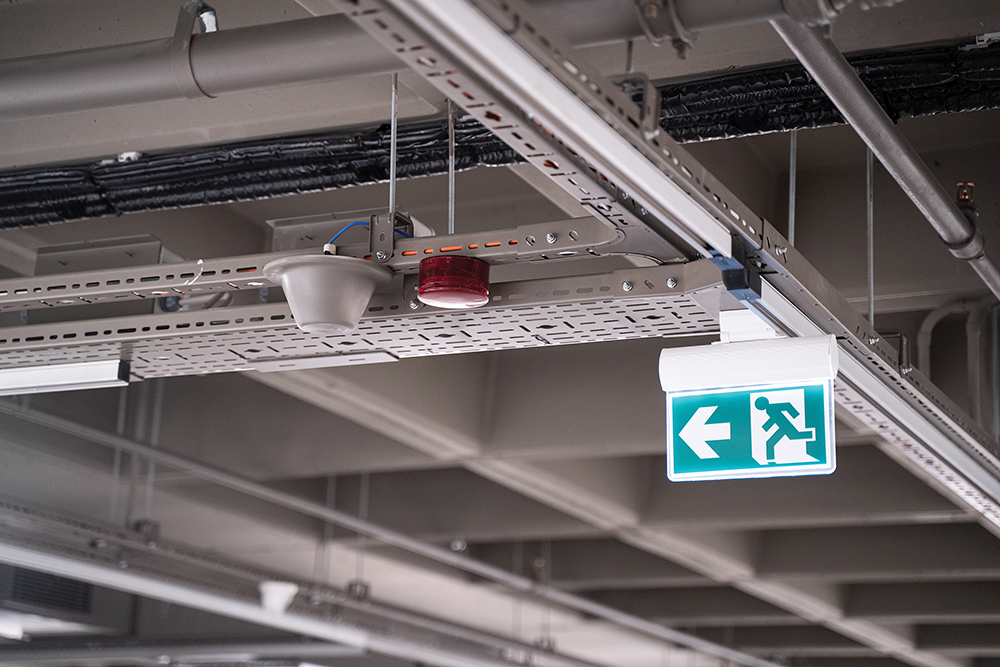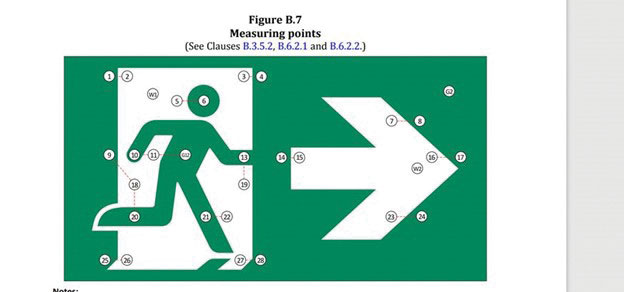Rules 10-1100 to 10-1108 of the Canadian Electrical Code provide rules on installing neutral grounding devices (grounding resistors) used for the purpose of controlling the ground fault current or the voltage-to-ground of an alternating current electrical system. These rules have undergone some significant changes in the 2006 edition of the code.
Rule 10-1102 contains the most noteworthy changes. Sub-rule (1) remains unchanged and continues to specify that: “Neutral grounding devices shall be permitted to be used only on a system involving a true neutral or an artificial neutral, where line-to-neutral loads are not served.” Sub-rule (1), as in the past, remains unequivocal — no single-phase electrical loads from a resistance grounded system.
Rule 10-1102, sub-rule (2) is generally unaffected, but contains the words “Where line-to-neutral loads are not served —”, which alerts us to some impending changes in this rule. As in the past, the remainder of the sub-rule remains unchanged. It goes on to say that resistance grounded circuits up to 5 kV may continue to operate on detection of a ground fault provided that:
- the ground fault current is 10 amperes or less; and
- a visual or audible alarm is provided to indicate the occurrence of a ground fault.
The 2002 CEC specifically ruled out the above easement for systems above 5 kV, which were required to trip OFF under all ground fault conditions. The new rule provides the same restriction by implication. Another difference, the 2002 CEC limited the current rating of the grounding resistor to 5 amperes ground fault current or less. As you will notice, this has been increased to 10 amperes in the 2006 edition.
Rule 10-1102, sub-rule (3) contains the most dramatic changes, stating that when phase-to-neutral loads are supplied from a resistance grounded electrical system, the power supply must automatically be disconnected when:
- there is a ground fault; or
- the system neutral is inadvertently connected to ground; or there is
- inadvertent disconnection of the grounding resistor from the system neutral or the grounding electrode.
Sub-rule (3) presents a significant departure from earlier versions of the CEC, that prohibited supplying any single-phase loads from a resistance grounded distribution system. The 2006 code opens that door with some conditions. Obviously, the above installation change will need to be supplemented with specialized detection equipment that is capable of detecting all of the above conditions and tripping the upstream overcurrent protection.
But does anyone sense there may be a problem with the wording of this Rule? In my opinion, there is a conflict between sub-rules (1) and (3). You will recall that sub-rule (1) states unequivocally that phase-to-neutral loads are not permitted to be supplied from resistance grounded electrical systems. But sub-rule continues on to spell out the conditions that apply when we intend to do just that. What’s missing from sub-rule (3) are the words “Notwithstanding sub-rule (1)—”. I think we have an oversight that will result in some serious conflicts within Rule 10-1102, and that will certainly precipitate numerous lively debates.
Rule 10-1104 remains unchanged and includes the requirements that grounding resistors:
- must be approved for the purpose;
- must be continuously rated unless disconnected on occurrence of a ground fault; and
- must have an insulation rating of at least the line-to-neutral voltage.
Rule 10-1106 is also unchanged and still requires that grounding resistors:
- have live parts are guarded;
- are accessible only to qualified persons;
- are located to permit the dissipation of heat; and
- have warning signs at points where there is access to the electrical system neutral.
Rule 10-1108 contains one significant change, but most of the rule remains unaffected. The conductor between the system neutral and the grounding resistor must be:
- insulated for the system voltage;
- identified grey or white; and
- sized to suit the grounding device, but no less than #8 AWG.
- The conductor between the grounding resistor and the system grounding electrode must be:
- insulated or bare copper wire;
- identified green if insulated; and
- sized to suit the grounding device but not less than #8 AWG.
The only change to Rule 10-1108, where line-to-neutral loads are supplied, the above conductors must match the ampere rating of the grounding device and be no smaller than #12 AWG.
As with all previous articles, you should always consult the electrical inspection authority in each jurisdiction as applicable for a more precise interpretation.










Find Us on Socials